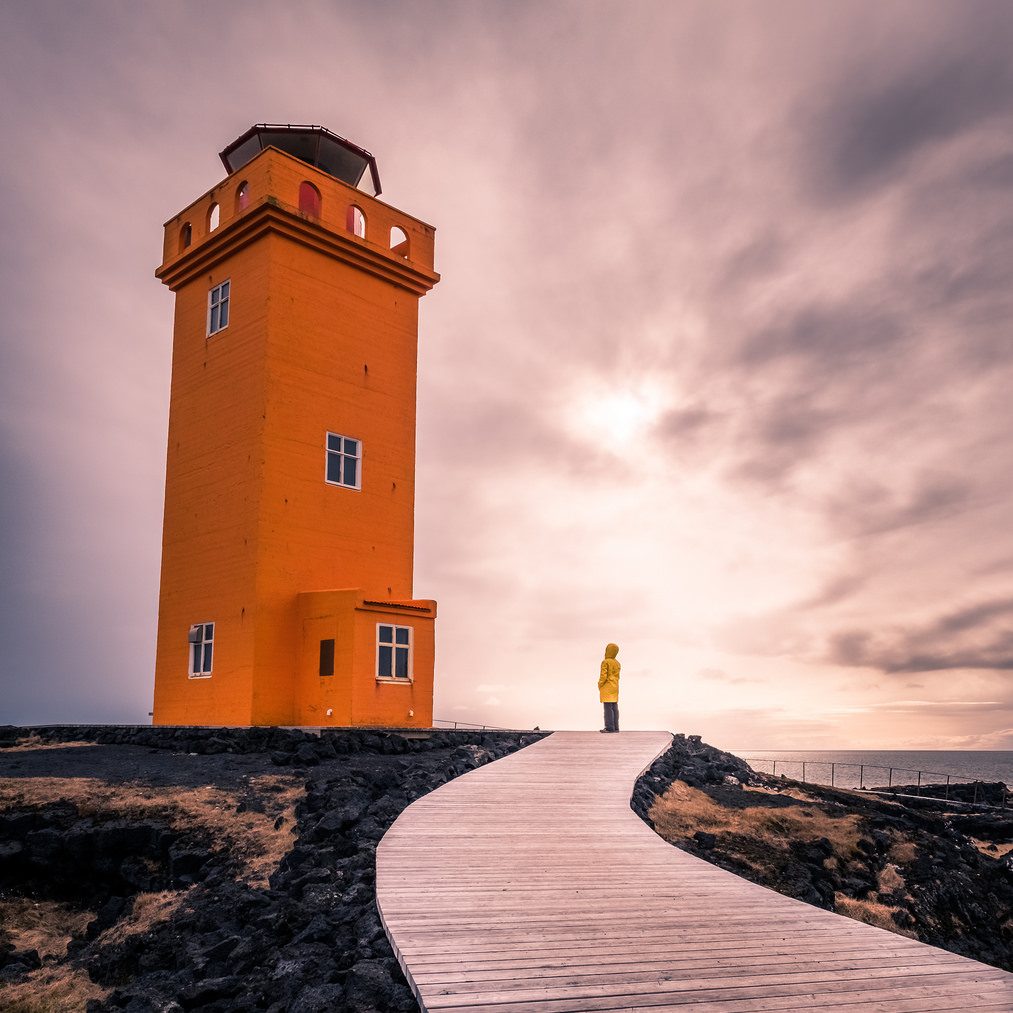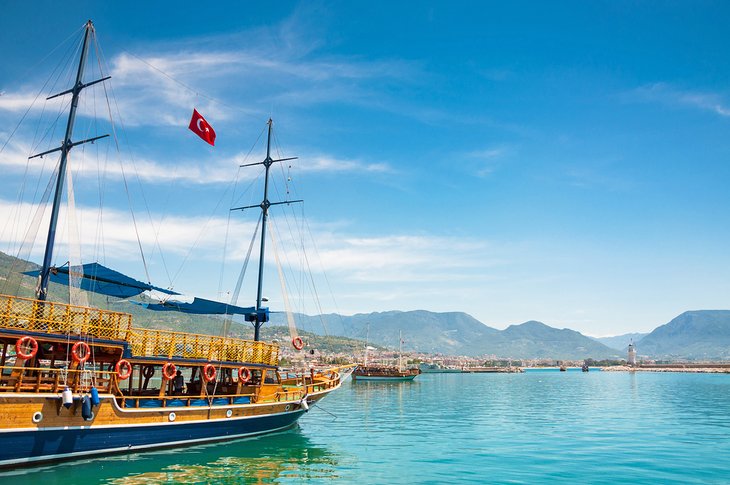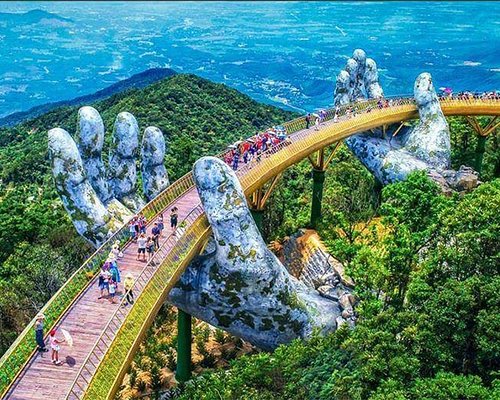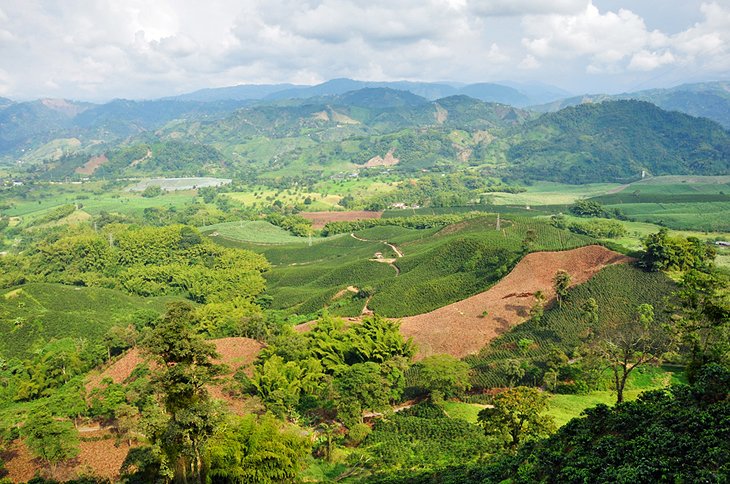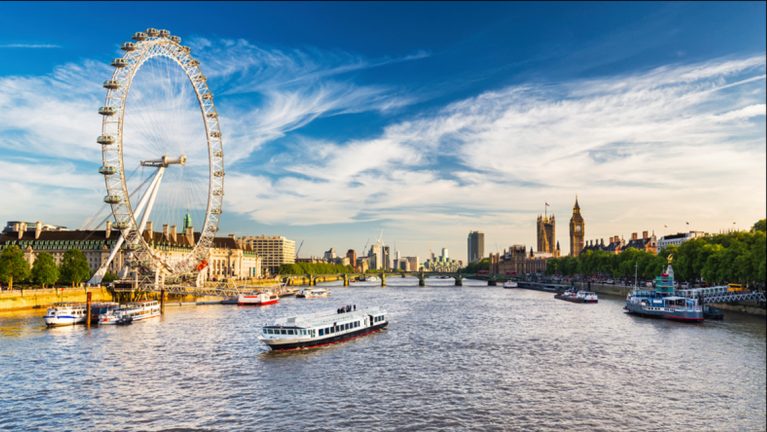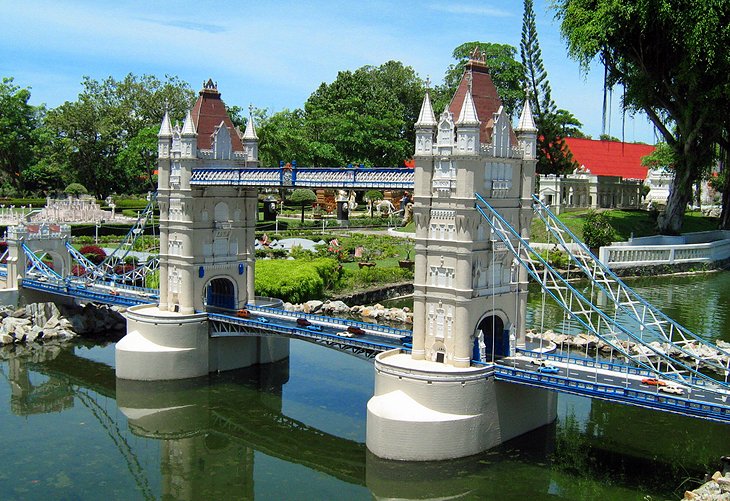Awesome Alanya attractions and vacation advices: Dim Cave: Just a short hop from Alanya (heading 11 kilometers inland), Dim Cave is hollowed out of the western slope of Mount Cebel-i Reis in the Taurus Mountains. This cavern is Turkey’s second biggest cave open to visitors, with a walkway running for 360 meters into the cave, heading downwards into the depths for 17 meters below the surface entrance. The limestone interior is littered with giant stalactite and stalagmite formations, all the way down to the lagoon at the cave’s lowest level. Bring a jacket or pullover with you, as you’ll need it once you’re within the cave; it’s chilly in here even in the height of summer. The cave entrance area, with its café, has brilliant views of the coastal plateau below. See extra details on side Turkey excursions.
The Dim River weaves down the east side of Alanya from the Taurus Mountains. As well as nourishing an abundance of vegetation on its banks, the river is wonderfully cool, even during the fierce heat of the summer months. It’s a local family tradition to visit the river below the Dim Dam to paddle in its calmer stretches, come fishing and take a barbecue on the banks. And catering to the many day-trippers are dozens of restaurants, many with shaded terraces on little wooden jetties or even on pontoons floating on the water. Some of these river restaurants have pools, slides and diving boards on the river, and others will give you a fishing rod to catch your own trout. Upstream from Dim Dam you can go rafting on a 5.5-kilometre course, setting off from Akköprü, and with lots of places to stop for a picnic on the banks.
Archeologists mention that there is a possibility of an Apollon temple in the place where the mosque was built. It was common in the ancient times to built an Apollon temple next to Artemis temple since they are considered as twins. Apollo was the twin brother of Artemis, the god of prophecy. The mosque was built in 1375 (According to Christian Calendar). Selcuk is the modern name for Ephesus. A small agricultural town, having a population of 30.000 people. Every week on wednesdays and saturdays there is a farmers market in Selcuk town. You can enrich your private Ephesus Tour with a stop to this farners market where you can enjoy to see local fruits, vegetables, spices, dried fruits…. During the visit a walk through Selcuk town is worth doing. You would see the aquaducts from Roman times and storks (Between April – August). If you miss Selcuk market, there is a similar farmers market in Kusadasi which is held on Tuesdays and Fridays.
Dim Cave is 145 km from Antalya and 11 km from Alanya, in the town of Kestel. Dim Cave stands out as a karst formation and creates a mysterious atmosphere. It’s one of the countless natural beauties around Alanya. This place attracts a lot of attention from tourists who want to discover beauties around Alanya. The cave is located in the perfect place for nature walks, in the upper part of Dim valley. You can hike the valley, absorbing the fresh smell of pine trees and marvelous scenery on your way to Dim Cave. Dim Cave is one of the most beautiful caves in Turkey. Its total length is 410 meters and a 360 meter section is open to visitors. The lightning system inside makes the stalactites and stalagmites very delightful all along the way. The colorful lighting creates a fabulous atmosphere inside the cave.
Alanya Castle was built in 1221 by the Seljuk Sultan, Alaaddin Keykubat, who captured the city and had it rebuilt. You can take the cable car to go up to the castle. The cable car station is near Atatürk Park. You will need to walk uphill another 1 km to reach the entrance of the castle after exiting the cable car. İçkale (Inner castle) is the top sight up there. It’s an open air museum at the summit of the peninsula. Byzantine, Seljuk, and Ottoman artifacts can be found in the inner castle. When you go to Alanya Castle by cable car, you will come across the Süleymaniye Mosque, a Seljuk work renovated during the Ottoman period. There is also a covered bazaar (bedesten) behind the mosque.
The street that starts from the Grand Theater and extends to the harbor is 528 meters long and 11 meters wide. It is described as one of the most spacious roads in the ancient world. Columns adorned both sides of the street, and there were many galleries and shops on both sides. There was also a developed sewage system under this spacious road. Since the end of the street leads to the harbor, it was called “Harbor Street”. Kings, emperors, ambassadors, merchants who came to Ephesus by sea were welcomed on this street with an official ceremony. It is also known as “Arkadiane Street” since it was destroyed in the earthquake in the 4th century and repaired by Emperor Arkadius between 395-408. After the adoption of Christianity, the statue of the four apostles of Christ was placed on the street, and these sculptures, unfortunately, do not exist today.
When the Seljuk’s took control of this region in the 13th century, they built on the foundations of previous rulers. Much of the remaining building works still standing today in the castle area date from this period, when Alanya became a commercial hub. The lower castle area, nearest to the entrance gate, is known as the Ehmedek neighborhood. Wander the alleyways of red-roofed Ottoman-era houses and historical buildings here, then follow the winding lanes up to the Iç Kale (the castle’s inner fortress) for older Seljuk and Byzantine ruins plus views that soar across the sea, the coastal plateau, and the peaks of the Taurus Mountains beyond. See even more info at https://www.tourmoni.com/.
Alanya’s emblem is a 13th-century Seljuk defensive tower, getting its name from the red brick that makes up the structure’s upper storey and parapet. The Red Tower has an octagonal footprint and climbs to 33 metres with marble blocks on its lower walls. This rare piece of Medieval defensive architecture was constructed to protect Alanya’s harbour and shipyard, and greeted people’s arrival to the city for many centuries. There’s a cistern inside, still able to collect rainwater, and you can make out the historic siege-repelling murder holes, through which boiling water and pitch would be dropped on helpless invaders. On the first floor is a small ethnographic museum with tools and handicrafts reflecting the Turkmen culture in the Taurus Mountains.
